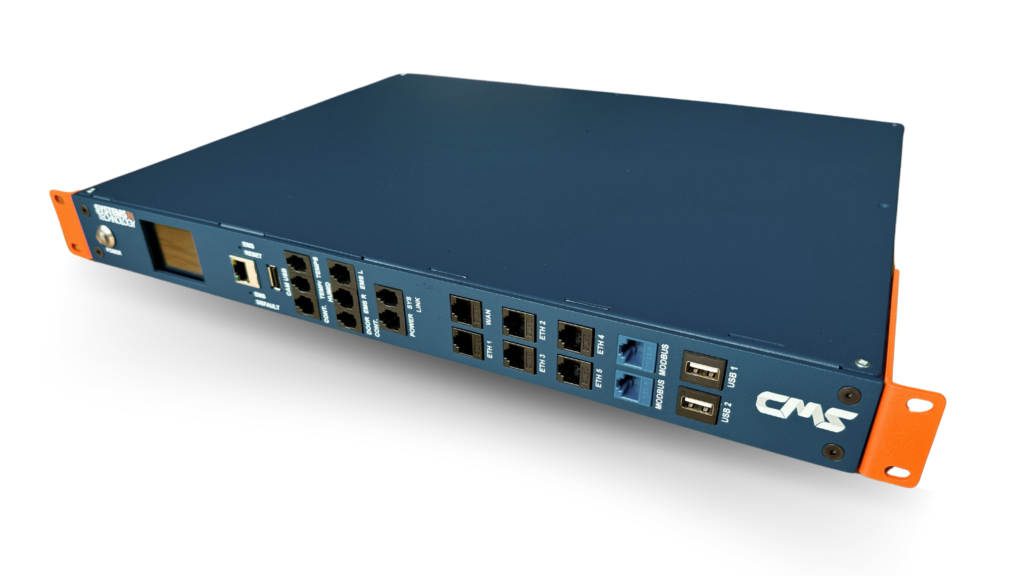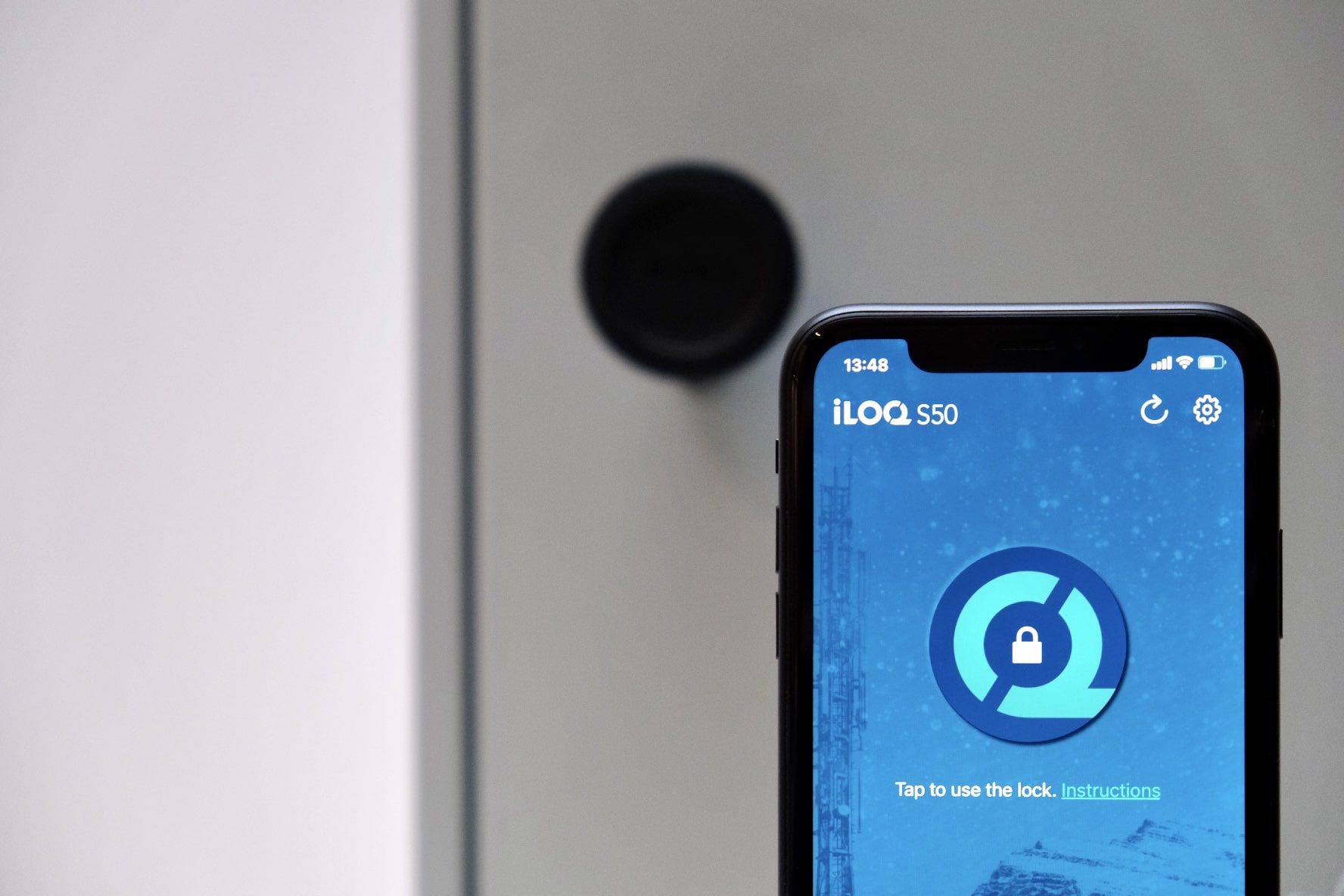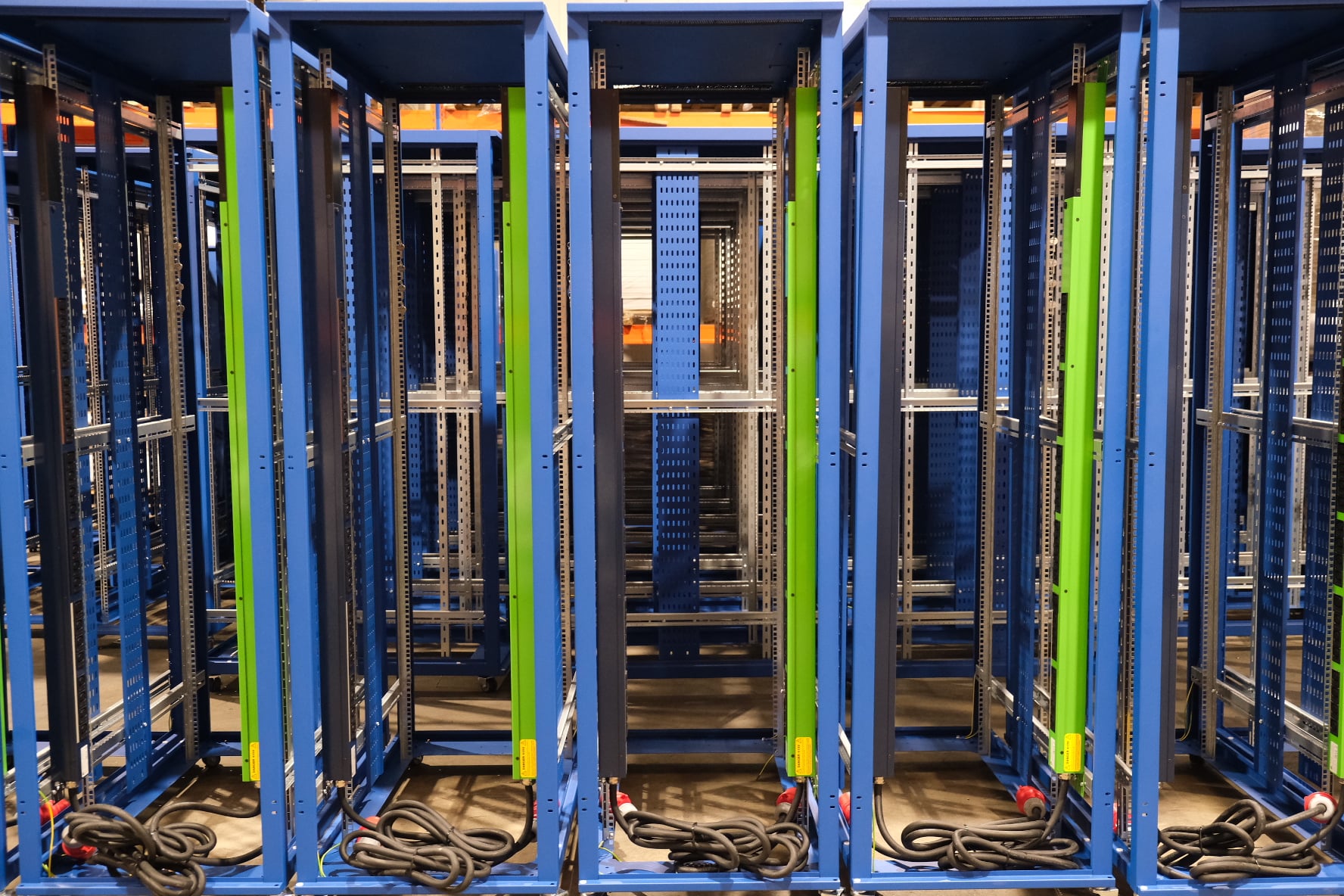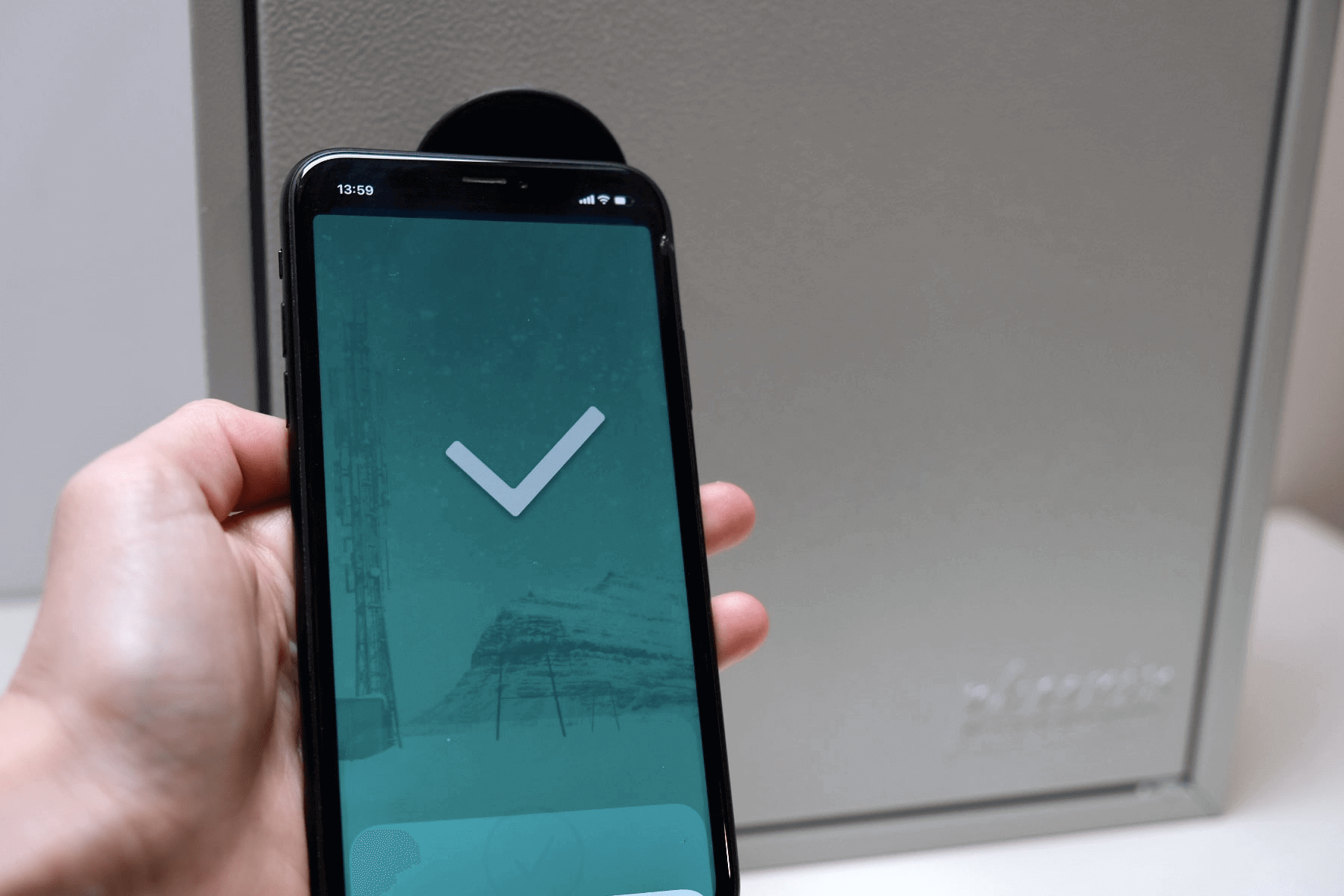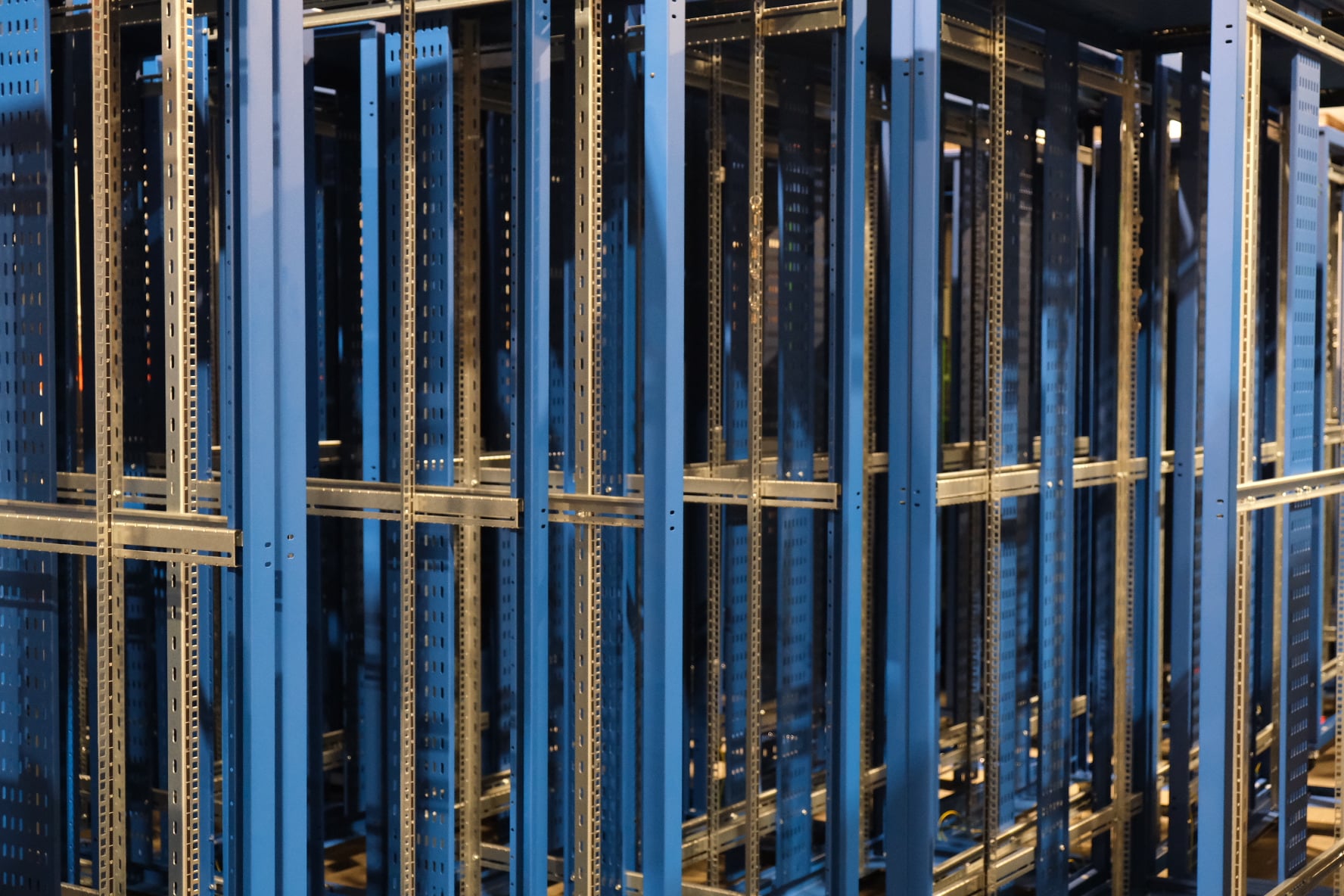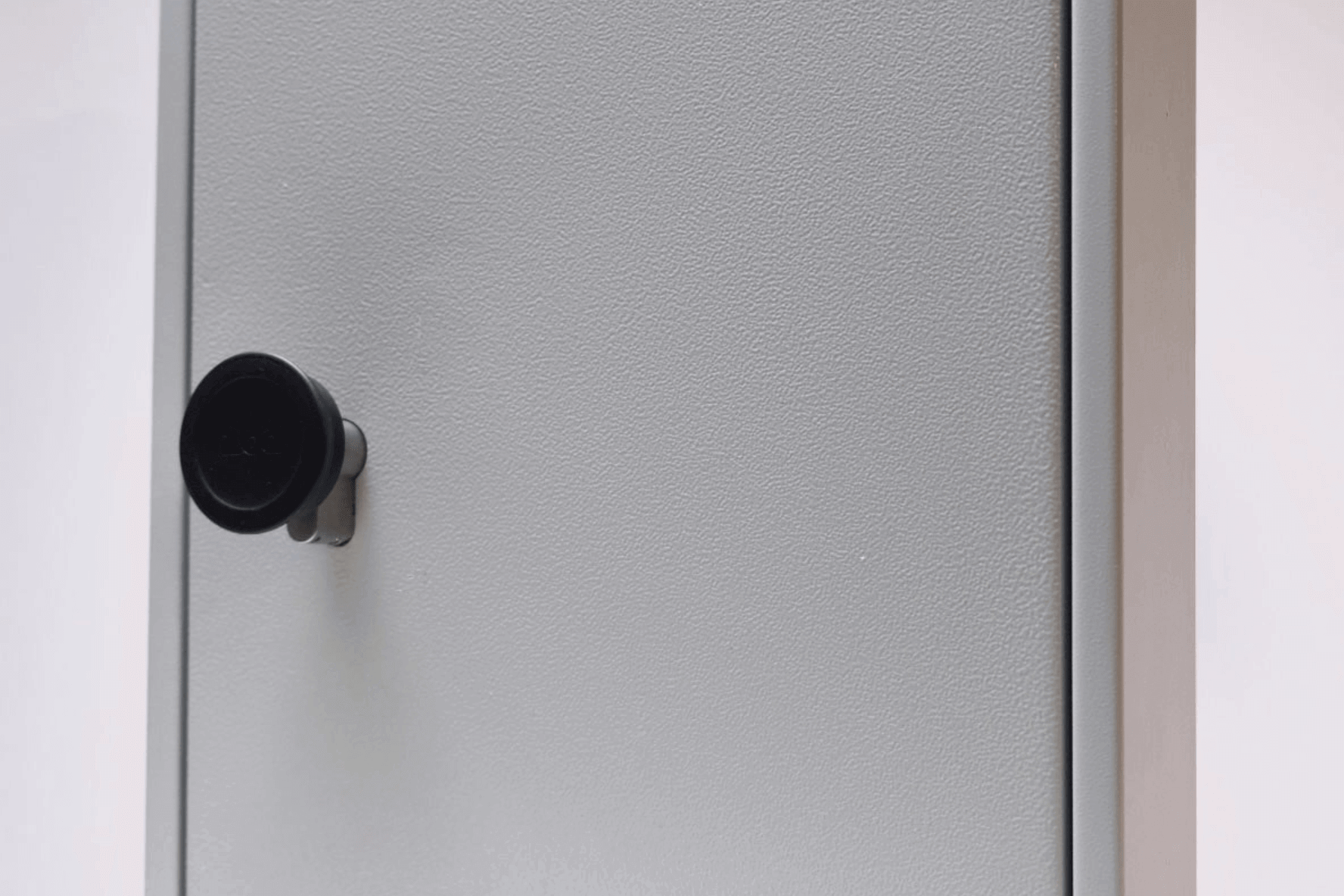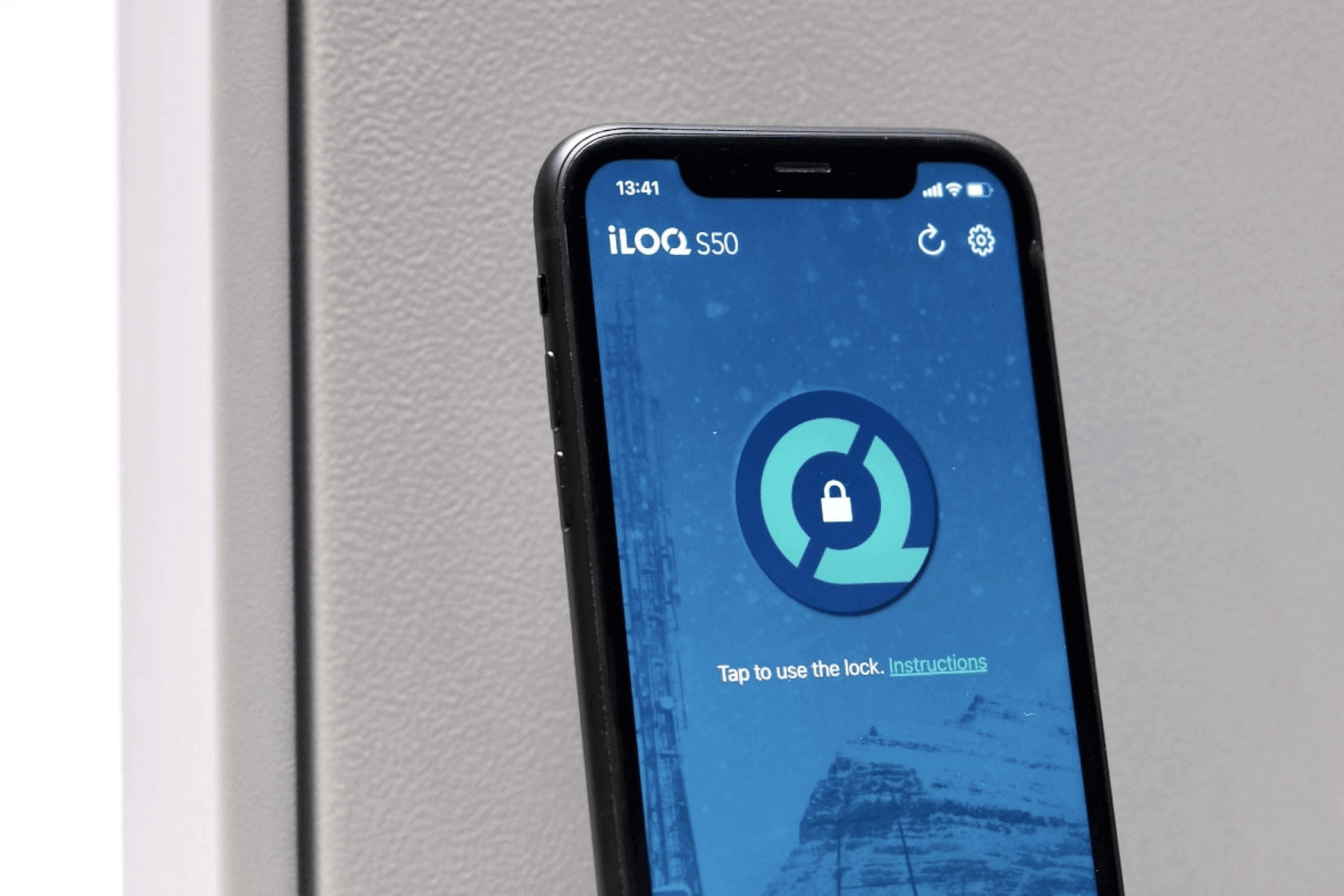
CMS
The engineer in your cabinet
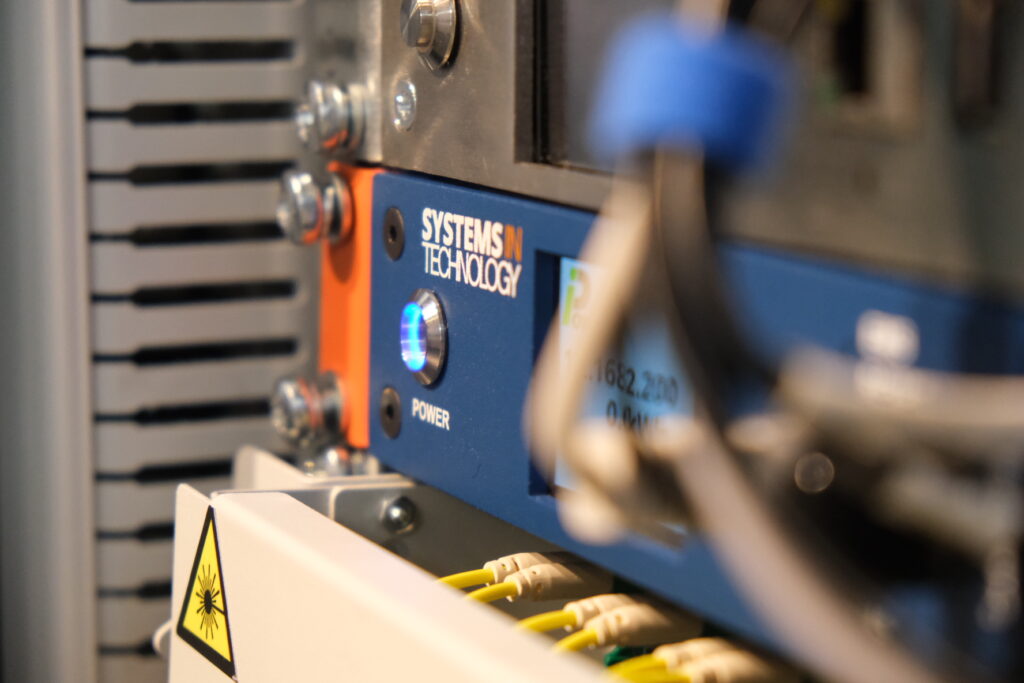
Out-of-Band control of your infrastructure
The engineer in your cabinet
The CMS can communicate with the system environment in a wide variety of physical hardware communication methods: Ethernet, USB, Serial RS232 (console), RS485 (Modbus RTU), Modbus TCP, as well as onboard WiFi.
Administrators can manage equipment connected to the CMS from any location. With redundant connectivity and remote access rights and permissions, essential remote setup at build and system lifecycle administration can be performed from a central location, reducing the need for on-site visits.
Multiple data points can be systematically polled and transmitted to the cloud software or to a central location for live monitoring of system events & status.
With the option of door sensors, door handle sensors, an integrated locking facility (via iLoq and/or remote door handle control), and CCTV cameras all connected to the CMS, the operational team can retain accurate records of access to a cabinets and data racks.
- Flood Detection – High quality flood detection device
- Temperatures – Up to 9 individual temperatures sensors
- Humidity monitoring – 1x Humidity sensor
- Particulate monitoring – Up to 4x particulate sensors – for monitoring air pollution inside and outside a cabinet
- Dry contacts – 2x additional sensor switch contacts for auxiliary sensor connectivity
2x DC feeds can be monitored accurately through the contacts on the rear of the unit. These are designed to be connected from the A & B redundant feeds from the power system in the rack then on to the Power Distribution Unit. The CMS can then measure the power used and convert the data to Watts used or even do the calculation for Carbon Dioxide use per cabinet system.
Socket switching: With an auxiliary PDU (AC or DC) the CMS can control the individual socket state. This is extremely useful for remote rebooting of critical equipment, power control of devices for redundancy, power control of devices for energy saving. This allows the operations team to remotely control the supply to equipment remotely.
Streamlines the administration of multiple cabinets, making it easier to implement consistent security policies.
The CMS can often integrate with other enterprise management systems, creating a cohesive operational environment.
With the addition of appropriate battery storage, inverter /rectifier configuration and DNO smart meters, the CMS can act as the controller in the cabinet power system to monitor and control the way the system uses power. This allows the business to take advantage of ‘Split Rate Tariffs’ and ‘Reduce and Reward’ schemes to save money and use energy efficiently and effectively allowing significant cost saving and grid balancing.
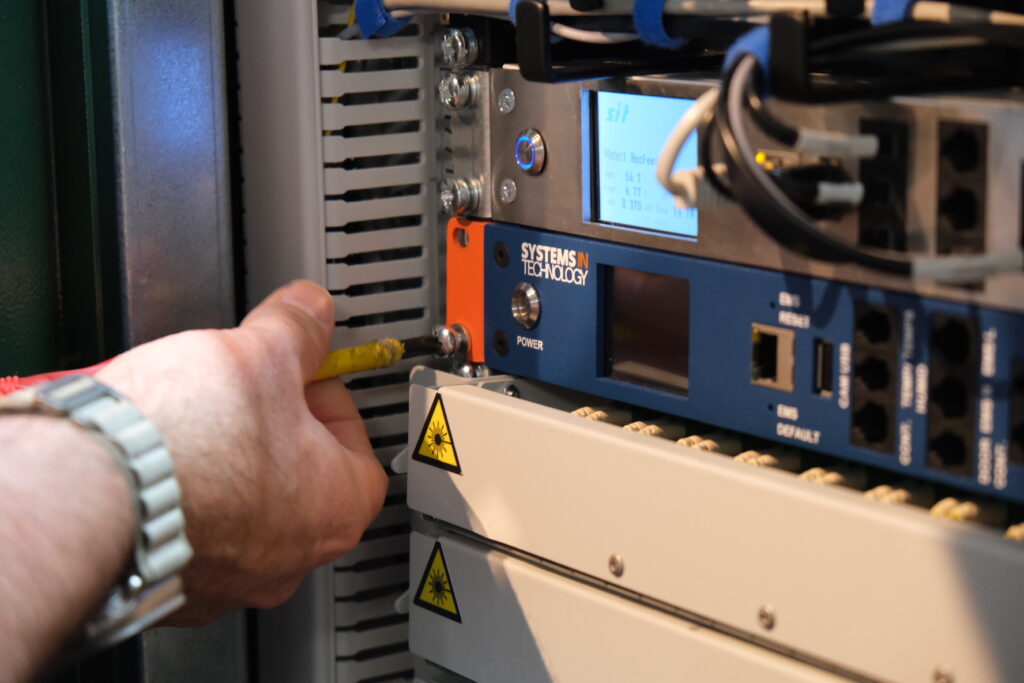
Seamless CMS Integration for Total Control and Visibility
- Power outages: Potential savings of £7000 by resolving 28 outages remotely via the CMS.
- Weather-related outages: All 9 instances could have been confirmed quicker, improving customer communication.
- Signal strength issues: Remote testing via the CMS could have provided deeper insights into 3 out of 5 outages.
- Fibre hardware damage: Remote testing could have expedited fixes, potentially saving £625 per outage.
* Data collected from field testing over a 2 month period illustrates the impact. 195 outages analysed across various service types, including Fibre FTTP, Fibre FWA and Wireless.
